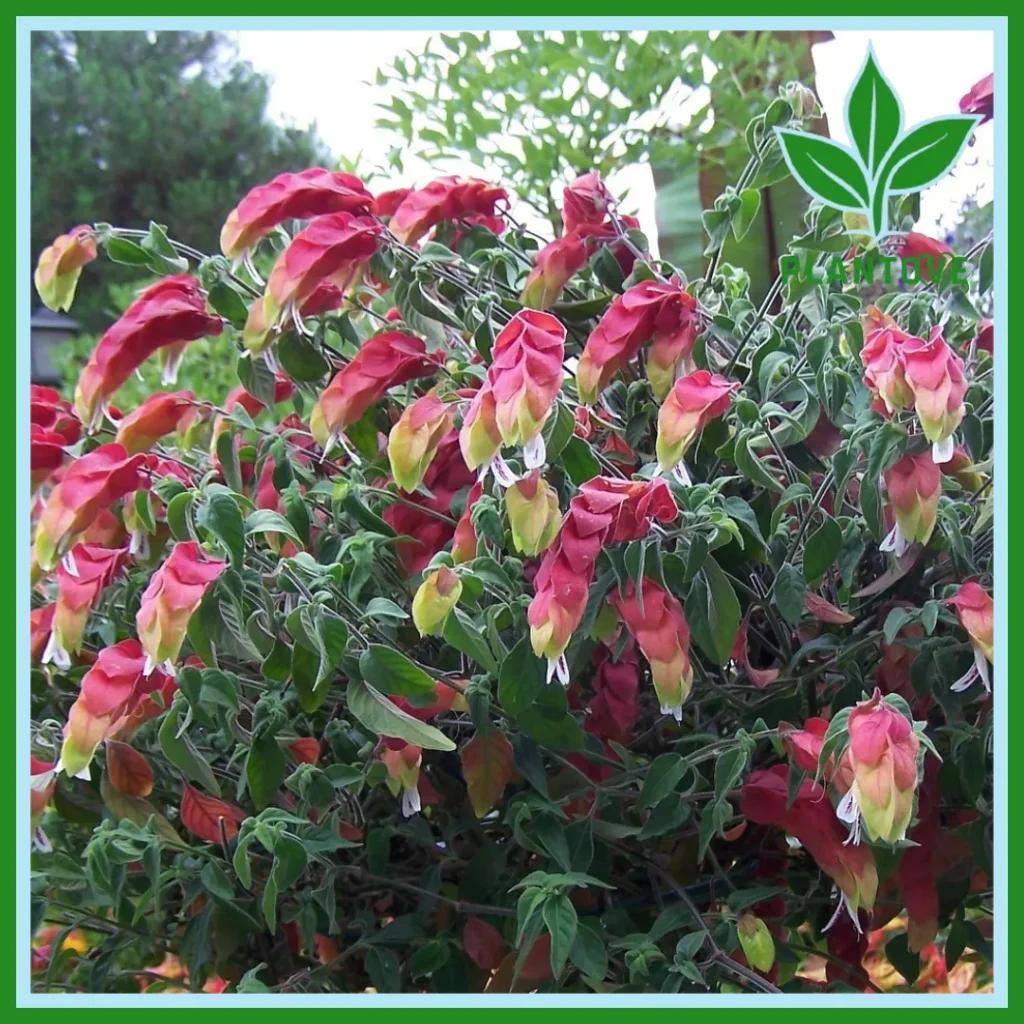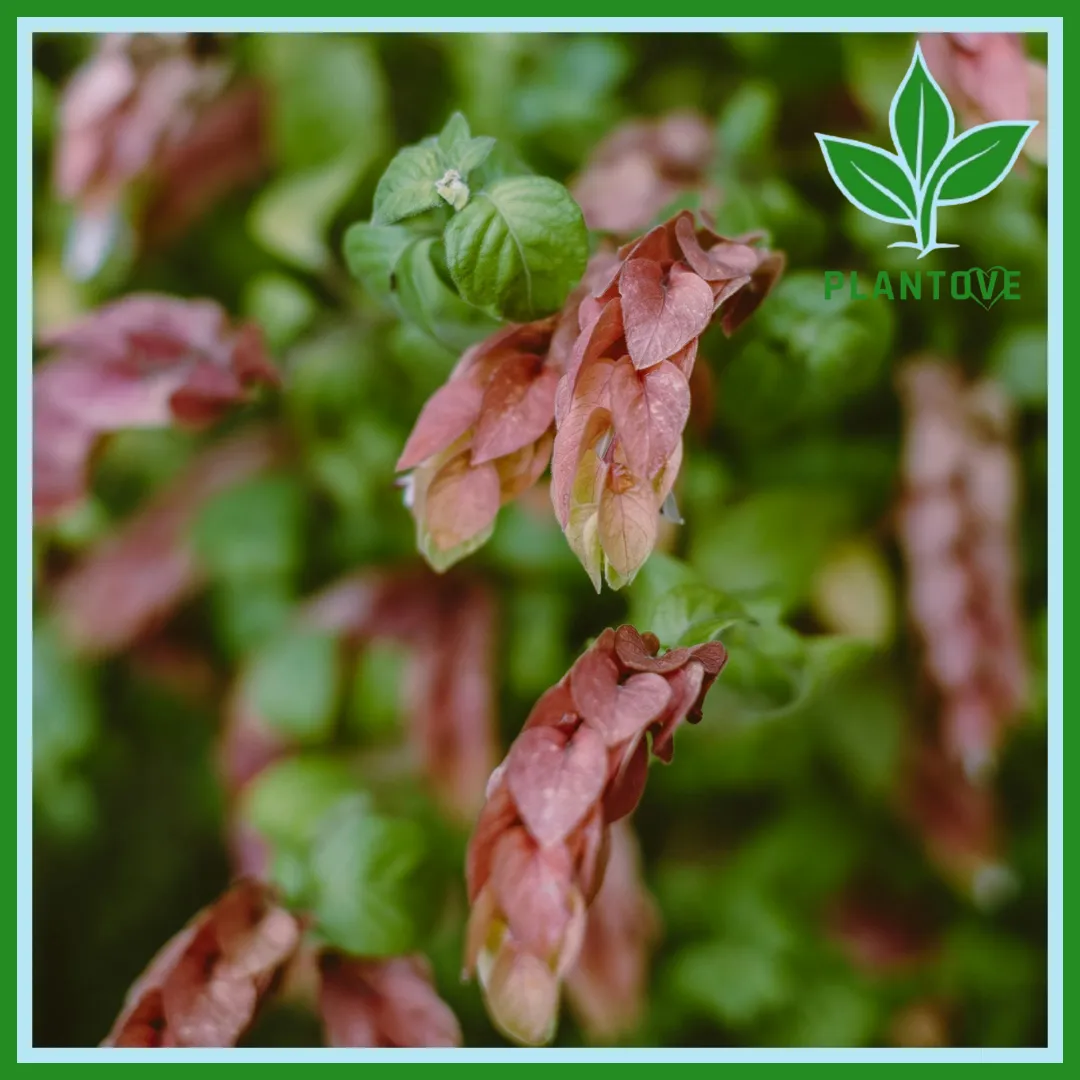The Shrimp Plant (Justicia brandegeeana) is a beautiful and unique plant that captivates gardeners and plant enthusiasts alike. Its vibrant bracts, which resemble shrimp in both shape and color, make it a standout choice for both indoor and outdoor gardens. Native to Mexico, this plant has found popularity across the USA, thanks to its low maintenance and ability to bloom throughout the year in warm climates.
This article explores everything you need to know about the Shrimp Plant, from its care requirements to its benefits, pruning methods, and even how to braid its flexible stems for a decorative twist. Whether you’re new to gardening or a seasoned green thumb, this comprehensive guide will help you cultivate a thriving Shrimp Plant.
What is a Shrimp Plant?
The Shrimp Plant is a member of the Acanthaceae family and is well-loved for its distinctive appearance. The “shrimp” portion of the plant refers to its colorful bracts, which house small white flowers. These bracts can range from pink to red, yellow, or even orange, depending on the variety.
Although primarily grown as an ornamental plant, the Shrimp Plant also plays a role in attracting pollinators like hummingbirds, bees, and butterflies. It grows well in pots, hanging baskets, and garden beds, making it a versatile addition to any setting.
Benefits of Growing a Shrimp Plant

The Shrimp Plant isn’t just a visual treat—it offers several benefits that make it a favorite among plant lovers:
- Pollinator Magnet: Its colorful bracts and flowers are irresistible to pollinators, which can enhance the biodiversity of your garden.
- Low Maintenance: The plant’s hardy nature makes it an excellent choice for beginners or busy gardeners.
- Evergreen Appeal: In warm climates, the Shrimp Plant retains its lush, green foliage year-round, providing consistent visual interest.
- Indoor and Outdoor Adaptability: Whether you want to brighten up your living room or add color to your garden, this plant thrives in both environments.
- Air Purification: Like many houseplants, the Shrimp Plant can help improve indoor air quality by filtering out toxins.
Shrimp Plant Care

While the Shrimp Plant is relatively easy to care for, understanding its specific needs will ensure it thrives.
Light Requirements
- Outdoor Settings: The Shrimp Plant prefers partial to full sunlight. Morning sunlight is ideal, as the harsher afternoon sun can sometimes scorch its leaves.
- Indoor Settings: Place the plant near a bright, south- or east-facing window where it can receive indirect light for most of the day. If natural light is insufficient, consider using grow lights.
Soil Preferences
Well-draining soil is essential for the Shrimp Plant. A mix of standard potting soil, sand, and perlite works well to prevent waterlogging and root rot. If planting outdoors, ensure the soil has good drainage by incorporating organic matter like compost.
Watering Needs
Watering is one of the most critical aspects of Shrimp Plant care:
- Consistency: Keep the soil consistently moist but not soggy. Allow the top inch of soil to dry out slightly between waterings.
- Seasonal Adjustments: During spring and summer, when the plant is actively growing, water more frequently. In fall and winter, reduce watering to prevent overhydration.
- Drainage: Always ensure excess water can escape, either through drainage holes in pots or well-draining garden soil.
Temperature and Humidity
- Temperature Range: The Shrimp Plant thrives in temperatures between 65°F and 75°F. It cannot tolerate frost, so bring it indoors or cover it during cold weather.
- Humidity: This plant loves humidity. If growing indoors, increase humidity with a humidifier or by placing the pot on a tray filled with pebbles and water.
Fertilizing
Feed the Shrimp Plant with a balanced liquid fertilizer every 4–6 weeks during the growing season. Use a fertilizer with equal amounts of nitrogen, phosphorus, and potassium for best results. Stop fertilizing during winter, as the plant’s growth slows.
Pruning a Shrimp Plant
Regular pruning is essential for maintaining the plant’s health, shape, and bushiness.
- When to Prune: The best time to prune a Shrimp Plant is in early spring, just before the growing season begins.
- How to Prune: Use clean, sharp scissors or pruning shears to remove dead, damaged, or leggy stems. Focus on cutting back overgrown branches to encourage fuller growth.
- Post-Pruning Care: Water the plant thoroughly after pruning and apply a light fertilizer to stimulate new growth.
Pruning also helps prevent the plant from becoming too tall or unruly, making it easier to manage and maintain.
How to Braid a Shrimp Plant
Braiding the stems of a Shrimp Plant adds a decorative flair to this already beautiful plant. Here’s how to do it:
- Select the Stems: Choose three flexible, young stems that are close together.
- Start Braiding: Gently cross the left stem over the middle stem, followed by the right stem over the new middle stem. Repeat this process until you reach the desired braid length.
- Secure the Braid: Use a soft plant tie or string to secure the braid at the top. Avoid tying it too tightly, as this can damage the stems.
- Care for the Braid: Ensure the braided stems receive adequate light, water, and nutrients to stay healthy.
Braiding is purely aesthetic but can add a unique touch to your indoor or outdoor plant collection.
Common Problems and How to Fix Them
Even with proper care, the Shrimp Plant can face a few challenges. Here’s how to address common issues:
- Leggy Growth: Insufficient light is the main culprit. Move the plant to a brighter location and consider pruning to encourage bushiness.
- Yellowing Leaves: Overwatering or poor drainage may cause this issue. Adjust your watering routine and ensure the soil is well-draining.
- Pest Infestations: Spider mites and aphids can be problematic. Use insecticidal soap or neem oil to control pests.
- Lack of Blooms: If the plant isn’t flowering, it may need more sunlight or fertilizer. Ensure it gets plenty of bright, indirect light and feed it regularly during the growing season.
Propagating a Shrimp Plant
Propagating the Shrimp Plant is a fun and rewarding process:
- Take Cuttings: Choose a healthy stem and cut a 4–6-inch section just below a leaf node.
- Remove Lower Leaves: Strip the lower leaves to expose the stem.
- Root the Cutting: Place the cutting in water or moist potting soil. Keep it in a warm, bright spot and change the water weekly if rooting in water.
- Transplant: Once roots are 1–2 inches long, transplant the cutting into a pot or garden bed with well-draining soil.
Can Shrimp Plants Live in Water Forever?
While Shrimp Plants can root in water, they are not aquatic plants and cannot live in water indefinitely. For long-term health, transplant the rooted cuttings into soil. Water alone doesn’t provide the necessary nutrients for sustained growth.
Designing with Shrimp Plants
The Shrimp Plant’s versatility makes it a great addition to various garden designs:
- Tropical Gardens: Its vibrant colors complement other tropical plants like hibiscus and bird of paradise.
- Container Gardens: Grow it in pots or hanging baskets for patios and balconies.
- Pollinator Gardens: Use it as a centerpiece in a garden designed to attract bees, butterflies, and hummingbirds.
- Indoor Displays: Place it near a bright window for a pop of color indoors.
Final Thoughts
The Shrimp Plant is a delightful and easy-to-care-for plant that offers beauty, adaptability, and year-round blooms. Whether you’re enjoying its vibrant bracts indoors or outdoors, learning to prune and braid it, or propagating new plants, this unique species is sure to enhance your gardening experience. With proper care, the Shrimp Plant can thrive for years, bringing color, life, and charm to your space.

